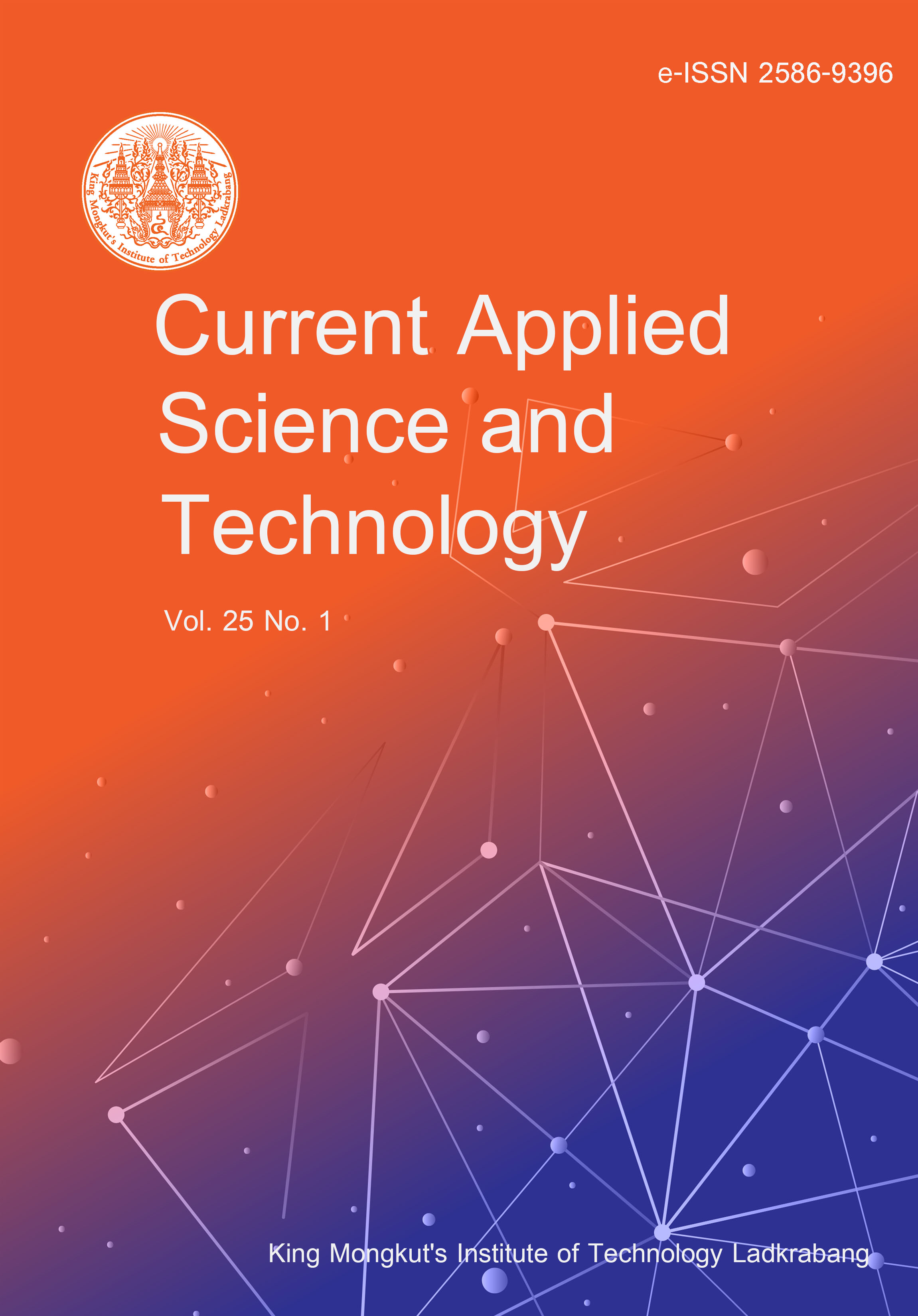Groundwater in coastal areas is vulnerable to saltwater intrusion. Electrical resistivity is commonly used in order to detect saltwater intrusion due to its ability to distinguish the occurrence of saltwater in the pore water. In this research, a correlational approach was used to estimate percentage seawater content that was mixed with fresh water in a shallow aquifer. The study area was located in Dumai City, which was covered mainly by peat soil, but some areas were covered by sand and silt. A ground surface resistivity survey and direct soil resistivity measurements were used in the study. For both experiments, the Wenner configuration of electrical resistivity was employed. In order to determine the direct soil resistivity values, measurements of the soil's fluid content and character were made. The findings indicate that the resistivity value in the aquifer increased to 5–10 Wm at a 25% seawater content, from roughly 2–5 Wm at a 50% seawater content. The pore soil's rising salt content was the primary source of the sharp decline in resistivity values. By measuring the electrical resistivity on the surface, it is possible to accurately forecast the percentage of seawater mixture in the pore soil fluid.
Islami, N. ., Irianti, M. ., & Yusoff, I. . (2024). An Effective Method for Quantitative Interpretation of Seawater Intrusion in Shallow Aquifers from Electrical Resistivity Data. CURRENT APPLIED SCIENCE AND TECHNOLOGY, e0261277. https://doi.org/10.55003/cast.2024.261277

